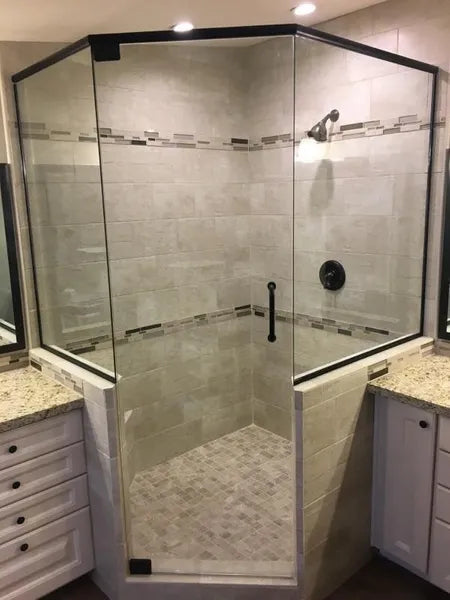Bathroom renovations can involve a variety of changes and upgrades to transform your existing bathroom into a more functional and aesthetically pleasing space. Here are some common elements of bathroom renovations:
1. Layout and design: Assess the current layout and design of your bathroom and consider if any changes need to be made. This may involve moving fixtures, such as the toilet, sink, or bathtub, to create a more efficient and spacious layout.
2. Plumbing and electrical work: If you're making changes to the layout, you may need to update the plumbing and electrical systems accordingly. This may involve rerouting pipes, installing new fixtures, or upgrading electrical outlets and lighting.
3. Flooring: Choose a new flooring material that is durable and water-resistant, such as ceramic tiles, vinyl, or waterproof laminate. Consider the style and color that will complement your overall bathroom design.
4. Fixtures and fittings: Upgrade your fixtures, such as faucets, showerheads, and towel racks, to improve both the functionality and aesthetics of your bathroom. Consider energy-efficient options to save water and reduce utility bills.
5. Vanity and storage: Install a new vanity or update the existing one to provide more storage space and improve the overall look of your bathroom. Consider options with built-in drawers or cabinets to keep your toiletries organized.
6. Lighting: Adequate lighting is essential in a bathroom. Consider adding task lighting around the vanity and shower area, as well as ambient lighting for a warm and inviting atmosphere. Install dimmer switches to adjust the lighting levels as needed.
7. Shower or bathtub: Consider replacing your existing shower or bathtub with a new one that suits your preferences. Options include walk-in showers, freestanding bathtubs, or combination units. Don't forget to install proper waterproofing and ventilation to prevent moisture damage.
8. Wall and ceiling finishes: Choose paint or wallpaper that is suitable for bathrooms and can withstand moisture. Consider adding tiles or wainscoting to protect the walls from water damage and add visual interest.
9. Mirrors and accessories: Install a new mirror that complements the style of your bathroom and consider adding additional accessories such as towel bars, hooks, and shelves for added functionality.
10. Ventilation: Ensure proper ventilation in your bathroom to prevent mold and mildew growth. Install an exhaust fan or consider upgrading the existing one to improve air circulation.
Remember to consult with professionals, such as contractors or interior designers, to ensure that your bathroom renovation is done correctly and meets your specific needs and budget.

